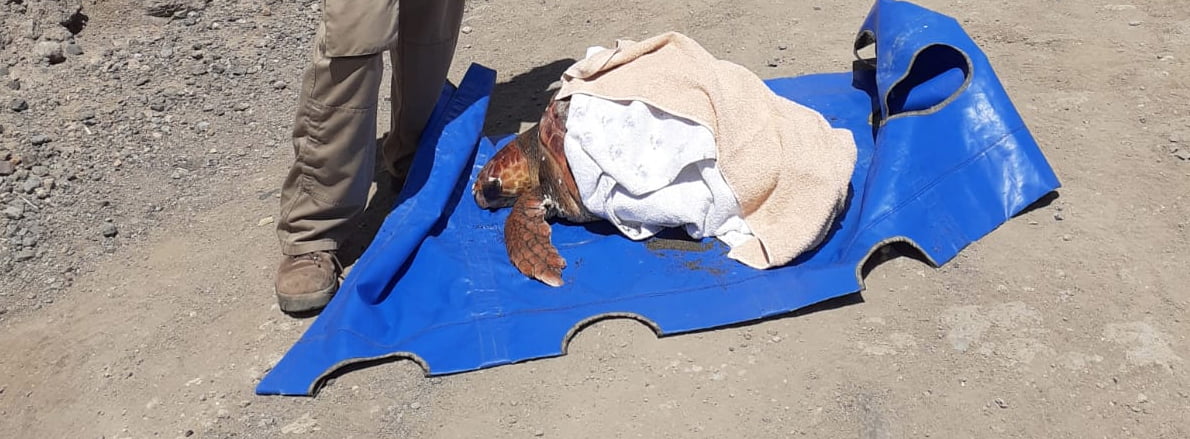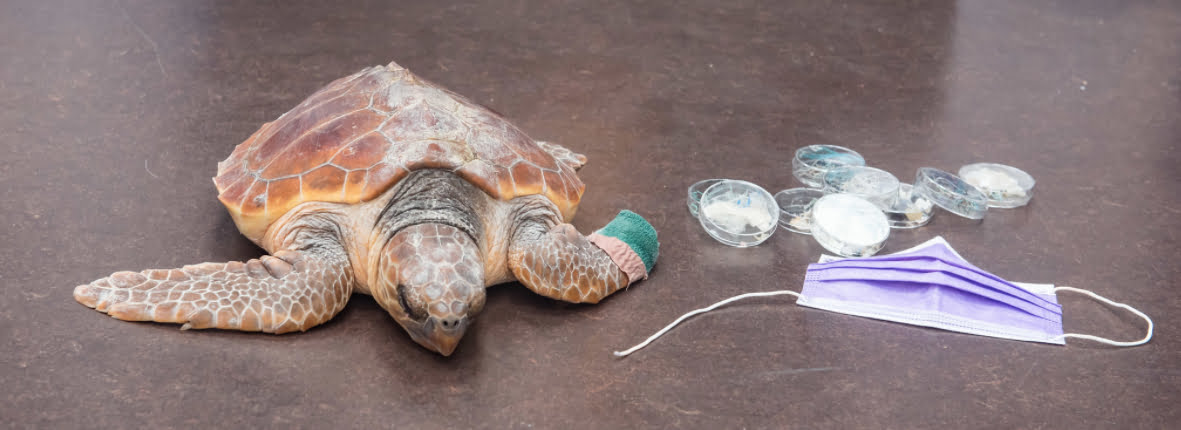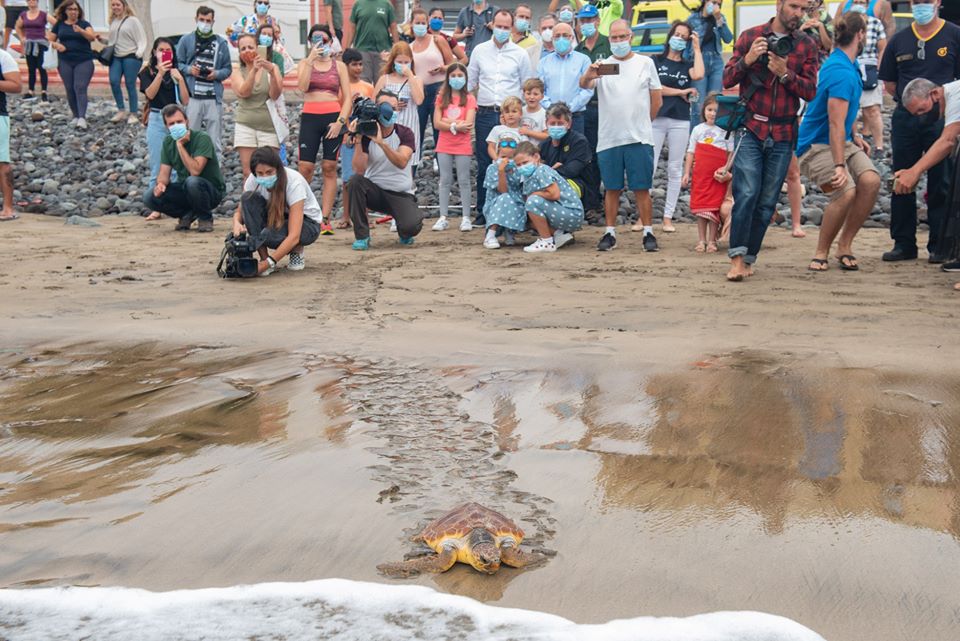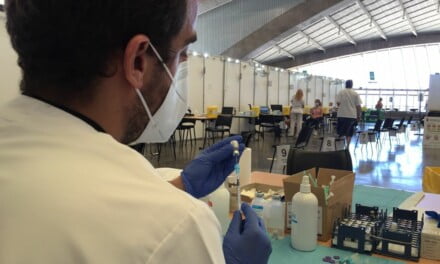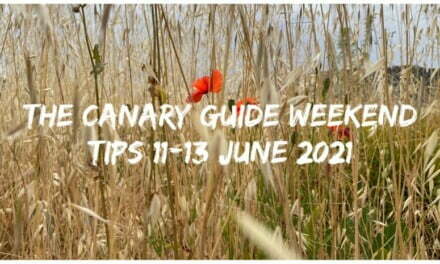The Cabildo de Gran Canaria has rescued a 38-kg Caretta Caretta turtle, the largest ever to have been taken in at the island’s pioneering Wildlife Recovery Centre in six years. It is a sub-adult turtle specimen that was found at the Bocabarranco Beach, on the island’s north-north east coast, which was very weak and has a very deep wound on one of its fins caused by nets in which the animal had been snared.
On the same day this week that this majestic specimen appeared, another 4-kilo turtle was sighted by a fisherman off the coast of Bañaderos (on the north of the island) which had been caught up in raffia bags and fishing nets inflicting superficial damage. As if that were not enough, a third 12-kilo turtle was also rescued floating in the docks of Santa Catalina, in the island’s capital, in a state of apathy and with widespread edema, that is, very swollen.
This last specimen was very weak, and its apathy and lack of appetite drove veterinarians to perform blood transfusions from other turtles in an attempt to revive the creature. In addition to being very swollen, veterinarians detected liver problems, although they will not be able to determine the reason for the pathology until they obtain results of various tests.
The three rescued turtles were all transferred at first to the main Tafira Recovery Centre, where they were given treatment and various tests carried out, and then they were taken to the more coastal Taliarte Centre, where they will remain in saltwater pools until their conditions improve and they can be returned to the sea.
These three specimens, as with all wounded turtles that arrive at the Insular Institution Centre, have become part of the European INDICIT project to learn about the environmental state of the seas through turtles, since they act as indicators to measure the amount of waste dumped into the ocean.
100% of the turtles that the Cabildo Wildlife Recovery Centre treats are found to have plastic inside their stomachs, so it is extremely important that if you find a turtle, even if there is no apparent injury, that you do not try to return it to the sea, but immediately notify the Cabildo by calling 928 351 970 .
One of the recently recovered and already released turtle, not only lost 2 phalanges but also had digested at least 150 pieces of microplastic.
Be better, do better and do not litter.

